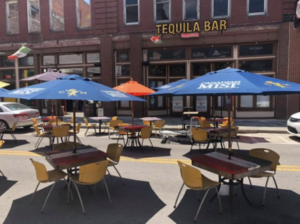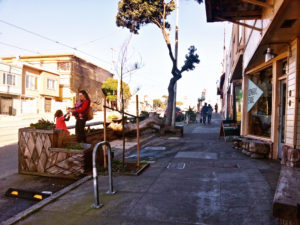Public health and safety measures that have been implemented in the past couple of months to help prevent the spread of the coronavirus have locked down much of our economy, leaving key sectors such as retail, restaurants and tourism on life support and devastating the millions of workers and their families who depend on them.
While these measures have been critical for saving lives and avoiding even more damaging health and social impacts (and potential future economic distress)— they have also devastated local businesses and upended existing business models.
Restaurant analysts and operators have cited an estimate that 75% of the independent restaurants that have been closed to protect Americans from the coronavirus won’t make it back. The National Restaurant Association estimated this week that the entire industry would lose $225 billion in the coming three months and shed five to seven million employees across the country.
This will result in a number of significant impacts. In California alone, there were more than 1.8 million restaurant and food-service jobs in 2019, representing 11% of employment in the state. In 2018, there was $97 billion in estimated sales in California’s restaurants. Every dollar spent in dine-in restaurants contributes $2.03 to the state economy.
Cities also rely on sales tax revenue from restaurants. For example, in the city of Fresno, restaurants generate $10 million in sales-tax revenue, while the city of Berkeley estimates that food products made up 34.5% of the city’s sales-tax revenue as of 2018.







